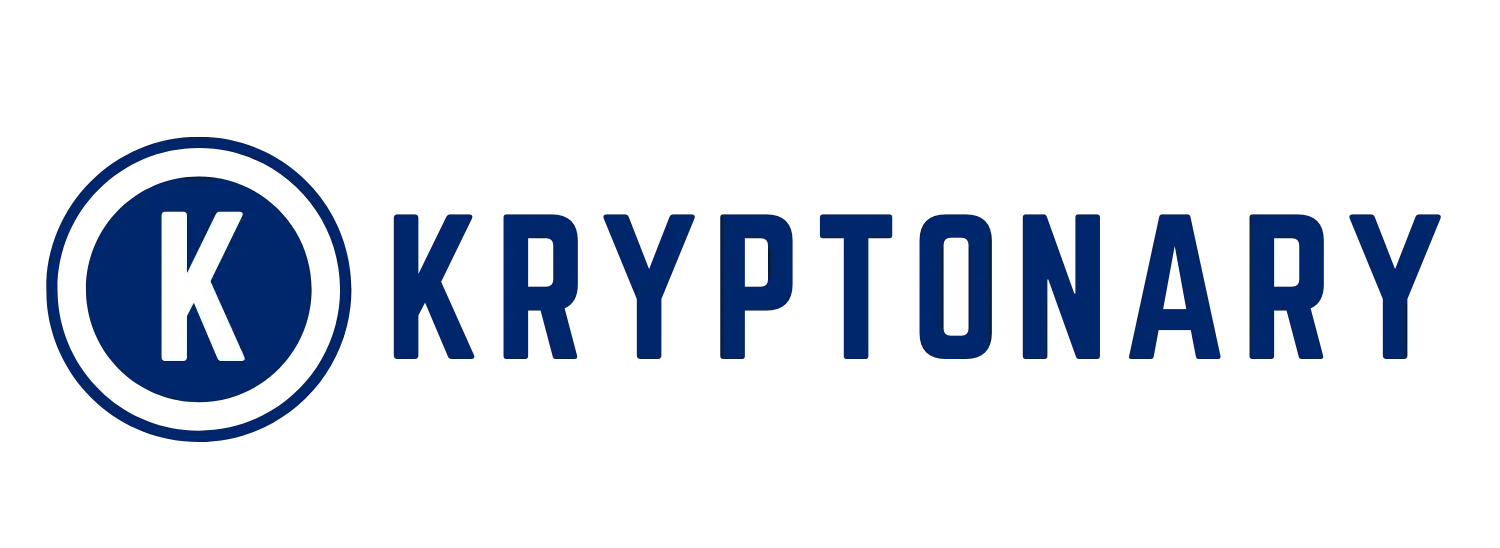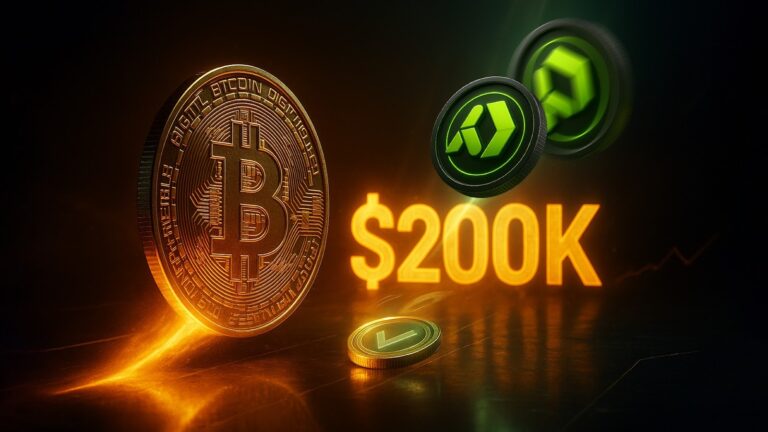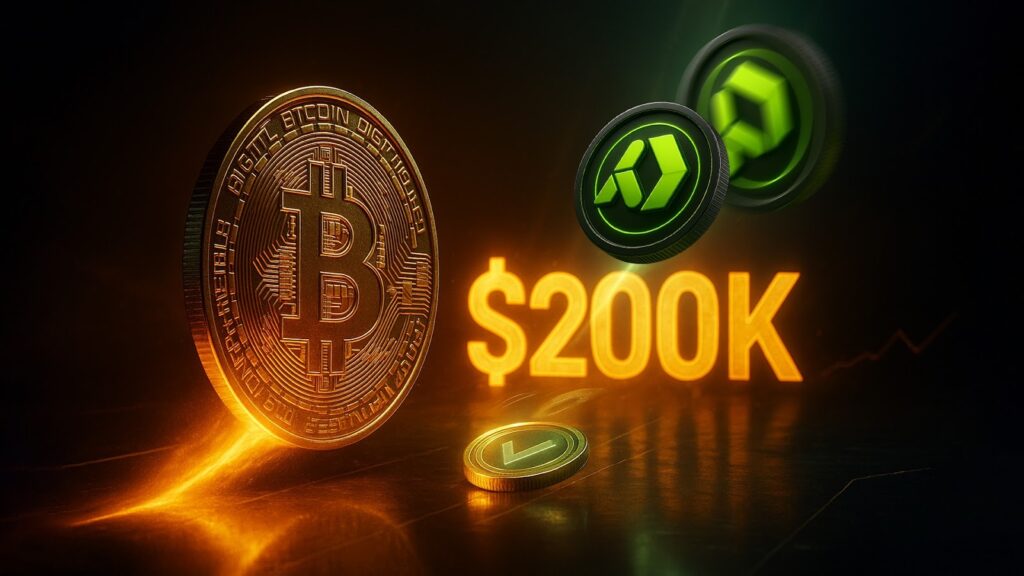Ripple CEO Highlights XRP Ledger’s Global Potential
Brad Garlinghouse, the CEO of Ripple, recently mentioned that the XRP Ledger might soon handle as much as 14 percent of SWIFT’s total global transactions. This assertion highlights Ripple’s goal to establish XRPL as a fundamental financial framework for upcoming cross-border transactions. Experts observe that this kind of adoption has the potential to greatly reshape financial systems worldwide.
Garlinghouse highlighted that the design of the XRP Ledger provides significant benefits compared to conventional settlement methods. Transactions happen in mere seconds instead of taking hours, leading to lower operational costs and enhanced efficiency. The advantages have already piqued the interest of banking institutions looking into blockchain-based payment solutions.

654 Trillion Dollar Opportunity Positions XRPL as Financial Backbone
Garlinghouse projected that XRPL might ultimately facilitate 654 trillion dollars in global transactional value. This projection encompasses settlements, remittances, and instantaneous cross-border transactions among financial institutions. If achieved, this volume would solidify Ripple’s technology as a fundamental element of digital finance.
Even securing a fraction of this anticipated flow could significantly influence XRP’s value. Experts in market strategy indicate that ongoing institutional adoption might drive XRP’s value past 100 dollars per token. This perspective highlights the connection between tangible financial integration and the growth in value of digital assets.
Transforming Cross-Border Transactions Through Decentralization
The adoption of XRP ledgers has the potential to enhance the efficiency of international settlements for banks and corporations. Conventional cross-border systems frequently depend on middlemen, leading to elevated costs and prolonged transfer durations. XRPL addresses these inefficiencies through the use of a decentralized ledger that enables immediate settlement.
Transparency is enhanced as each transaction is documented publicly and confirmed through cryptographic methods. This framework fosters confidence among international financial stakeholders while minimizing operational hurdles. Tokenizing real-world assets significantly boosts the flexibility of Ripple’s blockchain ecosystem.
Recommended Article: XRP Faces Pressure As Whales Sell $50 Million Daily
Growing Institutional Partnerships Strengthen Ripple’s Position
Ripple’s partnership with financial institutions and payment providers is steadily growing on a global scale. Multiple institutions are currently performing live transaction tests on XRPL to assess its performance in real-world scenarios. These collaborations signify a growing trust in the role of blockchain infrastructure in the evolution of finance.
Garlinghouse stated that Ripple is helping banks move towards real-time settlement networks. Utilizing XRPL allows financial institutions to lessen their reliance on conventional messaging systems such as SWIFT. The current trials underscore Ripple’s dedication to fostering significant transformation in the landscape of global payments.
XRPL Expansion Could Boost XRP Liquidity If Adoption Rivals Global SWIFT Transaction Flow
For investors, the scaling potential of XRPL presents significant opportunities for growth. Should the ledger manage to secure even a small portion of SWIFT’s transaction volume, the demand for XRP could experience a notable increase. Greater adoption results in enhanced liquidity and price stability, fostering engagement in long-term investments.
Nonetheless, specialists warn that fluctuations in the market and regulatory elements continue to pose significant risks. The worldwide implementation of blockchain financial solutions necessitates adherence to compliance standards across various jurisdictions. It is recommended that investors keep a close eye on these developments as the frameworks for adoption continue to evolve.
Regulatory Clarity Remains Key for Broader XRPL Integration
The speed at which XRPL can fully integrate into banking systems will hinge on regulatory approval. Discussions among authorities persist regarding the alignment of blockchain networks with anti-money-laundering regulations and transparency laws. Well-defined guidelines have the potential to speed up implementation and bolster confidence among institutions that may be hesitant.
Ripple’s proactive interaction with regulators sets it up well for future growth based on compliance. With an increasing number of nations embracing supportive blockchain regulations, XRPL is poised to establish a crucial position in the realm of regulated digital payments. The equilibrium between innovation and oversight is crucial for achieving success in global adoption.
XRP Ledger at the Forefront of Financial Transformation
Ripple aims for the XRP Ledger to emerge as a key platform for managing multi-trillion-dollar transactions throughout the global economy. XRPL represents the future of international finance through its efficiency, transparency, and scalability. The adoption of this technology by banks and enterprises has the potential to transform the global landscape of money movement.
Garlinghouse emphasized that the evolution of XRPL is not just about technological progress; it marks a fundamental change in the way value is transferred. The upcoming years will reveal if Ripple’s ambitious forecasts come to fruition. Should it achieve success, the XRP Ledger has the potential to transform the framework of international finance.















